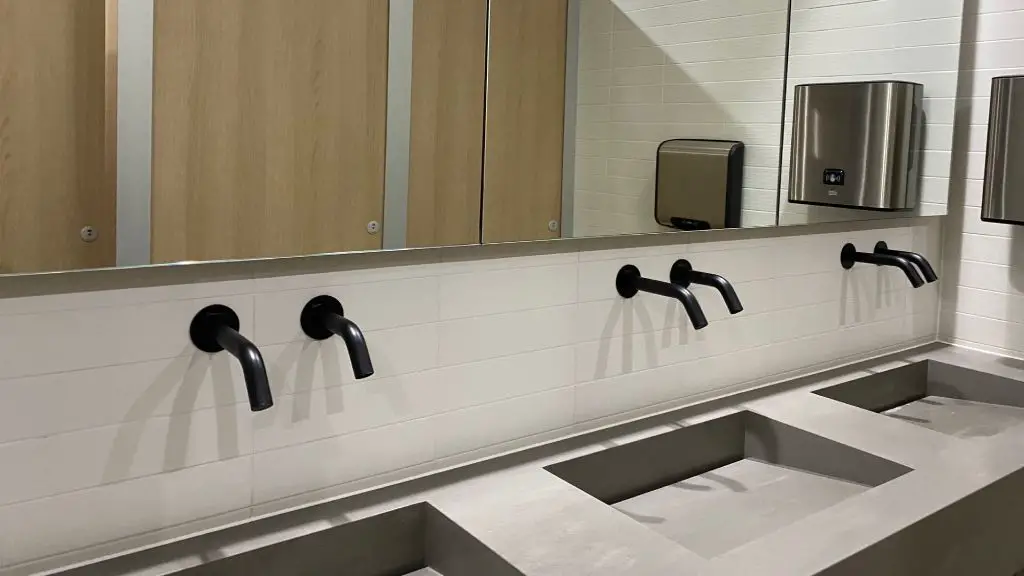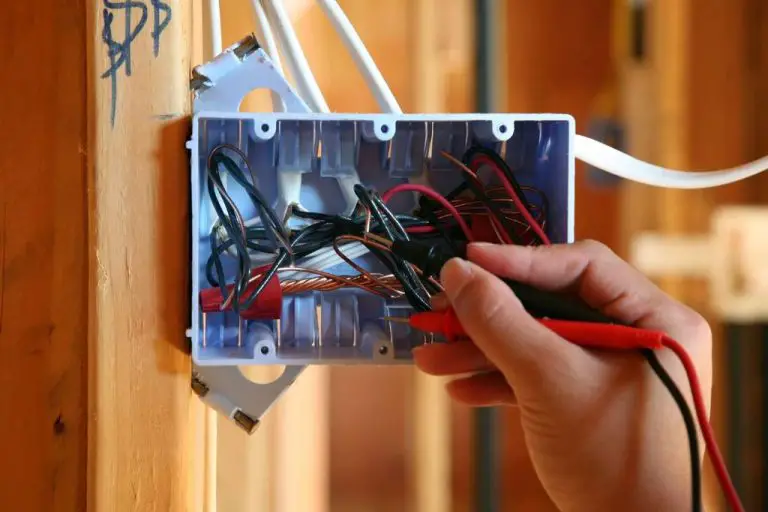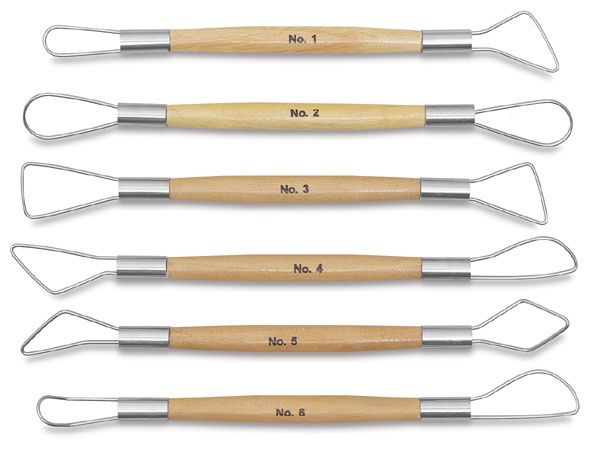What Is A Soap Pump Called?
Introduction
A soap pump, also known as a soap dispenser, is a device used to deliver a controlled amount of soap or hand wash. The main components are a reservoir to hold the liquid soap, a pump mechanism, and a spout or opening to dispense the soap.
The purpose of a soap pump is to conveniently provide soap or hand wash so that users can clean their hands. Using a pump allows for better hygiene and reduces waste compared to bar soap. Soap pumps are commonly found in bathrooms, kitchens, offices, hospitals, schools, and other facilities where hand washing is important.
Soap pumps are used by wetting the hands briefly under a faucet, placing the hands under the soap dispenser spout, depressing the pump to dispense the desired amount of soap, cleansing the hands thoroughly with soap and water, and rinsing off the soap.
Common use cases for soap pumps include hand washing, dishwashing, general household cleaning tasks, pet washing, car washing, and more. They provide an efficient and sanitary way to access soap or hand wash when needed.
Names and Terminology
The most common name for these devices is a “soap dispenser” or “liquid soap dispenser.” This encompasses both dispensers that produce a liquid soap and those that produce a foam soap when the pump is pressed.
There are a few other common names as well:
- “Foam soap dispenser” refers specifically to dispensers that produce a foam soap rather than a liquid soap.
- “Hand soap dispenser” or “hand wash dispenser” are also used, since these devices primarily dispense soap meant for washing hands.
- “Wall-mounted soap dispenser” refers to dispensers that are designed to be mounted on a wall near a sink.
- “Countertop soap dispenser” refers to freestanding dispensers placed near a sink.
But in general, “soap dispenser” or “liquid soap dispenser” are the most widely used and recognized terms for these handy devices.
Mechanisms and Designs
Soap dispensers come in a variety of mechanisms and designs to deliver soap in different ways. The most common type is a manual pump dispenser. These utilize a pump mechanism that users press down on to release a preset amount of soap (source: https://somewang.com/soap-dispenser-pump-mechanism/). The pump draws soap up through a one-way valve and out through the nozzle when depressed. Pumps can be made of plastic, stainless steel, or other materials. They often have an anti-drip valve to prevent soap from continuing to flow after the pump is released.
Automatic, sensor-activated dispensers are also popular, especially in public restrooms. These use an infrared or motion sensor to detect when a hand is waved beneath the nozzle and then automatically dispense a dose of soap without needing to be touched. The sensor triggers an electric pump mechanism when activated (source: https://en.wikipedia.org/wiki/Soap_dispenser).
Nozzle designs differ between dispensers. Foam soap dispensers mix air and soap together to create a foam output. Some dispensers have wide openings for viscous soap while others have a pinhole nozzle for liquid soaps. The nozzle size and shape impacts the amount dispensed and how easily the soap flows out.
Materials
Soap pumps and dispensers come in a variety of materials including plastic, stainless steel, glass, crystal, marble, and bronze. Each material has its own advantages and disadvantages.
Plastic soap dispensers are the most common type found in homes and commercial settings. They are inexpensive, lightweight, and easy to maintain. However, lower quality plastic dispensers can crack over time. Higher quality plastics like ABS plastic are more durable.
Stainless steel soap dispensers are known for their durability and rust resistance. They have an elegant, modern look and feel substantial in the hand. However, stainless steel can show smudges and fingerprints. Jean Patrique makes stainless steel dispensers constructed from corrosion-resistant steel.
Glass and crystal soap dispensers have an elegant, luxurious aesthetic. However, they are more fragile than other materials. Labrazel creates handcrafted soap dispensers from fine materials like hand-cut crystal and marble.
Capacity
Soap pumps come in a variety of capacities to suit different needs. Here are some of the most common sizes:
Standard soap pumps usually deliver around 2 cc (0.07 fl oz) of soap per pump. This capacity allows for adequate hand washing while minimizing waste. Many commercial soap dispensers use standard 2 cc pumps (Source: Amazon).
Smaller soap pumps may deliver 1 cc (0.03 fl oz). These are good for guest bathrooms or other low traffic areas. Larger soap pumps can deliver up to 5 cc (0.17 fl oz) for high traffic commercial settings.
Some common thread sizes for soap pumps are:
- 24/410 – 1 cc capacity
- 28/400 – 2 cc capacity (standard size)
- 28/415 – 3 cc capacity
- 38/400 – 5 cc capacity
(Source: Midwest Bottles)
Knowing the typical capacities and sizes available can help choose the right soap pump for business, household, or individual needs.
Advantages of Soap Pumps
Soap pumps, also known as touchless or automatic soap dispensers, provide a variety of benefits compared to traditional soap dispensers. One of the biggest advantages is improved hygiene and sanitation. By eliminating the need for users to directly touch the dispenser, it reduces the spread of germs and bacteria (source). This makes touchless dispensers ideal for settings like healthcare facilities, schools, restaurants, and other high-traffic areas.

Touchless soap dispensers are also more convenient and efficient to use. They can dispense soap automatically using motion sensors, so users don’t have to touch anything. This makes handwashing quicker and easier, especially in busy public restrooms (source). The pumps also allow for precise dosing, reducing soap waste compared to manual dispensers.
Additionally, touchless soap dispensers require less maintenance and cleaning than traditional dispensers. Without the need for users to directly pump the dispenser, there is less risk of mechanical issues or clogs. The exteriors stay cleaner as well without frequent hand contact and touching.
Disadvantages
While built-in soap dispensers have their benefits, they also come with some drawbacks to consider. One of the main disadvantages is the higher upfront cost compared to free-standing soap dispensers. Built-in units require professional installation and plumbing work, which can add hundreds of dollars to the total price. They are also more difficult to repair or replace if the pump mechanism wears out or malfunctions (Kingston Brass, 2023).
Another downside is the potential for leaks and water damage if the dispenser isn’t properly installed. Poor plumbing connections can lead to leaks inside the wall cavity. This may go unnoticed until water damage appears underneath the sink or on the floor below (Tramco Kitchen and Bath, 2023). Frequent refilling and maintenance is required, as built-in dispensers typically hold less soap than standalone bottles.
Overall, the higher installation cost, risk of leaks, and required maintenance may make built-in soap dispensers impractical or too expensive for some households. The pros and cons should be carefully weighed when deciding between built-in and free-standing soap dispenser options for your kitchen or bathroom.
Use Cases
Soap pumps are commonly used in a variety of settings where hand washing and hygiene are important, including:
Bathrooms – Both residential and public bathrooms frequently have soap pumps installed above or near sinks to provide easy access to soap for handwashing.
Kitchens – Soap pumps are a popular choice in kitchens for washing hands before and after food preparation. Their one-handed operation makes them convenient when cooking.
Hospitals and medical facilities – Hospitals, clinics, and other healthcare facilities rely on soap pumps to help medical staff practice good hand hygiene between interacting with patients.
Schools and childcare facilities – Soap pumps are an important tool for encouraging regular handwashing among children and minimizing the spread of illnesses.
Restaurants and food service – Restaurants often use soap pumps in restrooms and kitchens to promote handwashing and sanitation by staff.
Offices and businesses – Many workplaces install soap pumps in restrooms, kitchens, and breakrooms to provide easy access to soap for employees.
History
The first known soap dispensers date back to the early 1800s, invented around the same time as liquid soap. Liquid soap was an important precursor for soap dispensers, as traditional bar soap would not work efficiently in these devices. One of the earliest models was a manual soap dispenser patented in 1865 by William Shepphard.[1]
The Minnetonka Corporation is credited with introducing one of the first liquid soap dispensers to the public in 1946, initially marketing them to hotels. These early dispensers held glass bottles and dispensed soap via a manual pump. Throughout the 1950s and 1960s, use of soap dispensers grew in commercial settings like restaurants, hospitals, and factories where germ transmission was a major concern.[2]
The first automatic, sensor-activated soap dispensers emerged in the 1990s. These dispensers contained electric eyes that could detect when hands were under the spout and dispense soap automatically. Today, automatic dispensers are commonplace in many public restrooms.[3]
While bar soap is still widely used, especially in home settings, liquid soap dispensers can now be found in many households. Their popularity continues to grow thanks to the convenience, hygiene, and design options they provide.
[1] https://www.pykal.com/blogs/home-and-kitchen/soap-dispenser-101-history-and-the-best-types-over-time
[2] https://en.wikipedia.org/wiki/Soap_dispenser
[3] https://www.linkedin.com/pulse/history-soap-dispensers-how-theyve-evolved-dendy-nainggolan
Future Outlook
The soap dispenser market is expected to see continued growth and innovation in the coming years. Some key trends that may shape the future of soap dispensers include:
Touchless technology – Touchless soap dispensers that use infrared or proximity sensors to detect hands and dispense soap without needing to push a lever or button are becoming more common. This helps promote better hygiene and reduces the spread of germs.1
Smart capabilities – More advanced “smart” soap dispensers may be developed that monitor soap levels and automatically reorder supplies, or collect data on handwashing habits. Some also have Internet connectivity and can send alerts when soap is low.2
Customization – There may be greater customization options in style, materials, capacity, etc. to fit different commercial and residential needs.
Sustainability – Soap dispensers made from recycled materials, or that support reusable soap containers, may align with eco-friendly trends.
Overall, continued innovation in touchless activation, smart/connected features, customization, and sustainability will likely shape the future of the soap dispenser market.



